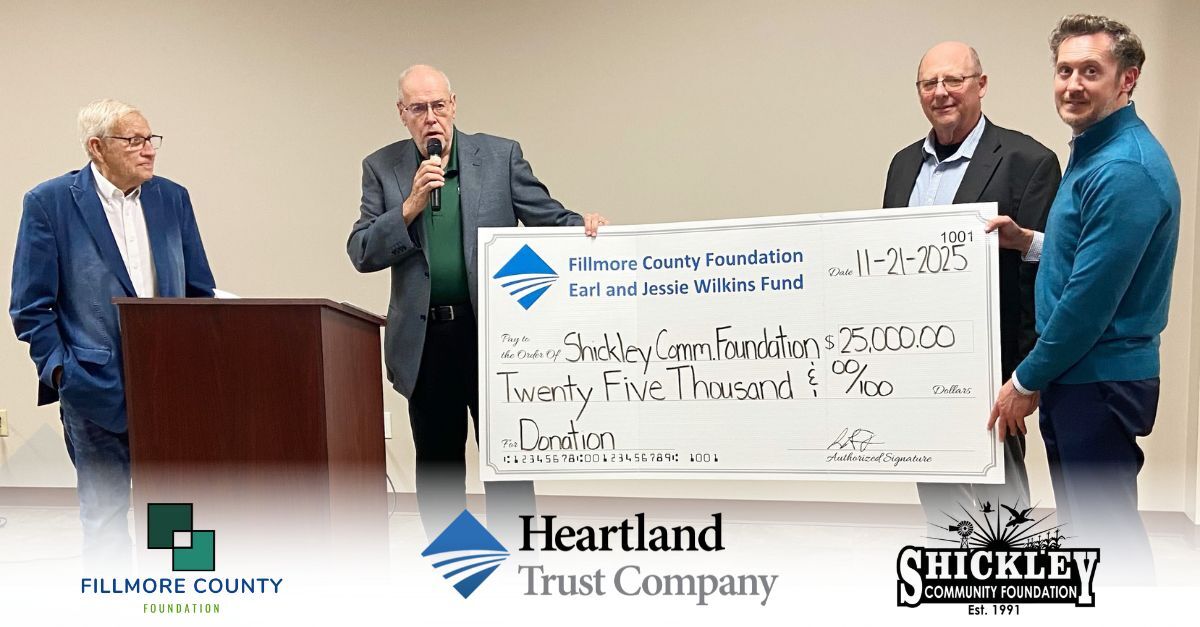
July Mortgage Rates Forecast
I think mortgage rates will stay about the same in July. The month's average on the 30-year fixed-rate mortgage will be between 2.8% and 3% annual percentage rate. That's within one-tenth of a percentage point on either side of June's average of 2.9%. I think they're more likely to go up within that range than down.
Mortgage rates seemed insulated from splashy economic reports in June, and that shruggy attitude may continue in July.
What Happened in June
At the beginning of June, I predicted that mortgage rates would rise slightly. But the 30-year fixed-rate mortgage fell. The monthly average dipped from 2.94% in May to 2.9% in June.
June was marked by a disappointing employment report, news of rising inflation and word from the Federal Reserve that it may start raising short-term rates in 2023. None of those news items affected mortgage rates much. I had expected the Fed announcement to push mortgage rates higher than it did.
Regulators Refresh Foreclosure Protections
Foreclosure moratoriums have been extended through July 31 for mortgages backed by Fannie Mae, Freddie Mac, the Federal Housing Administration and the Department of Veterans Affairs. After the moratoriums end, mortgage servicers will have to make good-faith efforts to avoid foreclosing on owner-occupants who are behind on mortgage payments.
The Consumer Financial Protection Bureau described those necessary good-faith efforts in a rule published in late June. Among the guidelines:
-
Mortgage servicers must inform delinquent borrowers about forbearance programs if they haven't already enrolled in one.
-
Servicers must give delinquent borrowers information about homeownership counseling.
-
The CFPB will allow mortgage servicers to offer COVID-19-related loan modifications based on incomplete applications.
That last rule could prevent some foreclosures, because delinquent borrowers don't always respond to follow-up requests for more information after asking for mortgage relief.
We Didn't Have a Housing Crash This Time
These rules, along with moratoriums on foreclosures and evictions, stand as evidence that regulators learned important lessons after the housing crash that began in 2007 and 2008. There were policy debates back then over whether delinquent homeowners should be saved from foreclosure with mortgage modifications.
Many argued that it would be preferable to let millions of homeowners lose their houses than to offer financial help so they could keep them. The thinking went that if homeowners were bailed out, they wouldn't learn any lessons and would take unnecessary risks in the future. It's kind of like refusing to help victims of a boating accident because they weren’t wearing life jackets when they fell into the water.
Aid to distressed homeowners arrived in 2009 with the Home Affordable Modification Program, but the initiative was too late for many homeowners. An avalanche of foreclosures sent home prices tumbling. Home sales plunged as would-be buyers waited for prices to fall even further.
A dozen years ago, today's pandemic-era protections might have been considered excessive coddling of homeowners. But the initiatives seem to be working, keeping people in their homes.
This article was written by NerdWallet.

This article was produced and provided by Nerdwallet. Nerdwallet gives consumers and small businesses clarity around all of life’s financial decisions. When it comes to credit cards, bank accounts, mortgages, loans or other expenses, consumers make almost all their decisions in the dark. NerdWallet is changing that, helping guide consumers' decisions with free expert content.

-4.png)
-4.png)
-4.jpg)

-1.png)
.png)


-3.jpg)
.png)
.png)
-Oct-17-2025-01-39-18-7495-PM.jpg)